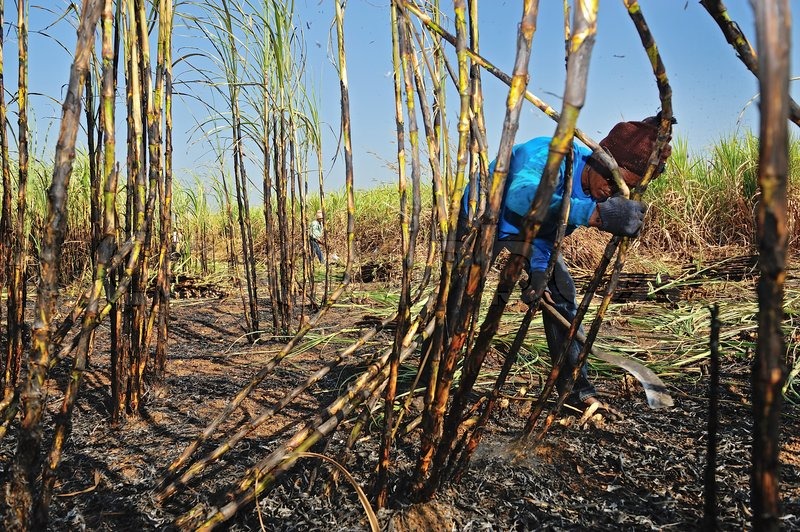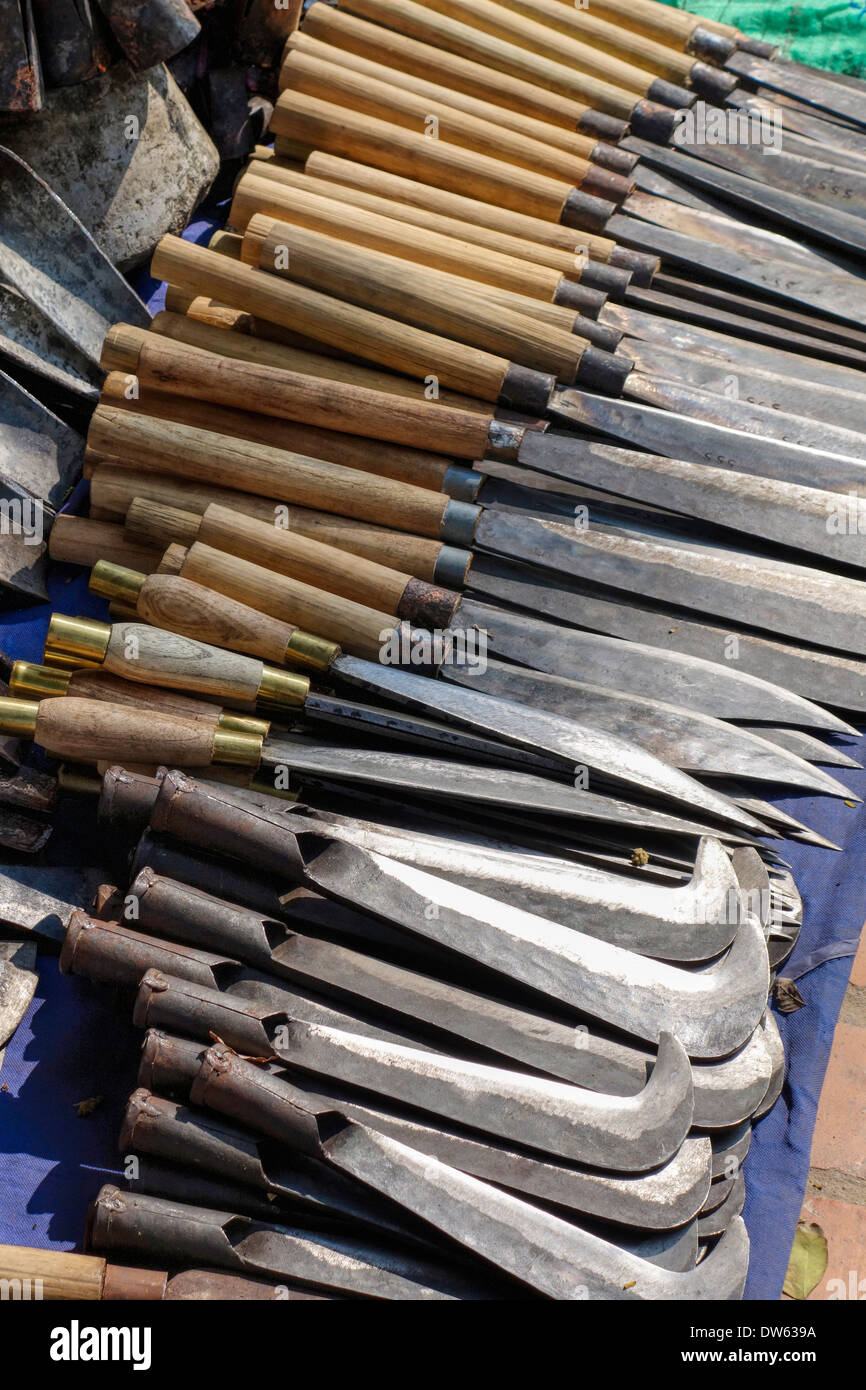- Joined
- Oct 19, 2018
- Messages
- 17
So I have alot of Burdock in my yard, that stuff thats covered in spiky, itchy, sticky seeds or whatever they are. Cutting them slowly takes too long, while cutting them with a machete ensures that you're gonna get covered in spike-balls. I wanted something to cut Burdock and so on, at a distance.
And thus, this is my new machete. The blade is made from an old 60'' sawmill blade, which I use for most of my machete blade since there's alot of space. I repurposed the handle out of a piece of cutoff Birch laminate, from a staircase I helped to make. I reinforced the handle with some mild steel langettes, which makes it very strong.
The shape of the blade makes it great for cutting isolated groups of brush, thanks to the inward curve of the edge. The wide blade allows for a strong spine to reinforce the flat-ground blade. It's much lighter than it looks.
Cuts well too, was very happy with the performance.
Also, I just figured out what a billhook is now, too late I guess haha. Also seen what a Hog Splitter is, check that out if you're interested in this sort of thing.
And thus, this is my new machete. The blade is made from an old 60'' sawmill blade, which I use for most of my machete blade since there's alot of space. I repurposed the handle out of a piece of cutoff Birch laminate, from a staircase I helped to make. I reinforced the handle with some mild steel langettes, which makes it very strong.
The shape of the blade makes it great for cutting isolated groups of brush, thanks to the inward curve of the edge. The wide blade allows for a strong spine to reinforce the flat-ground blade. It's much lighter than it looks.
Cuts well too, was very happy with the performance.
Also, I just figured out what a billhook is now, too late I guess haha. Also seen what a Hog Splitter is, check that out if you're interested in this sort of thing.







